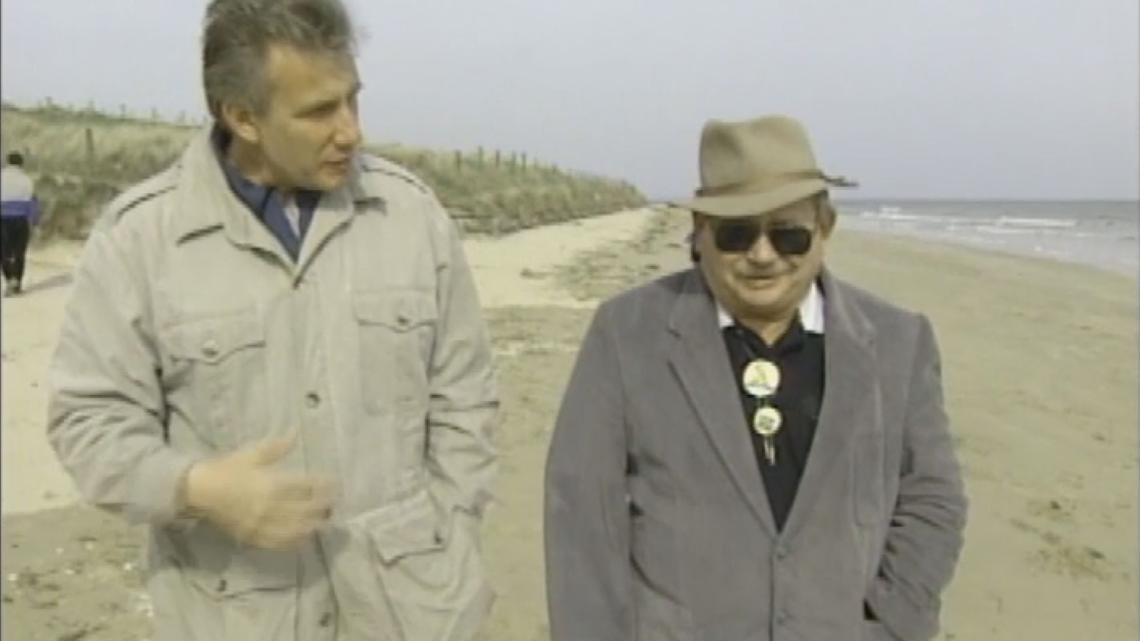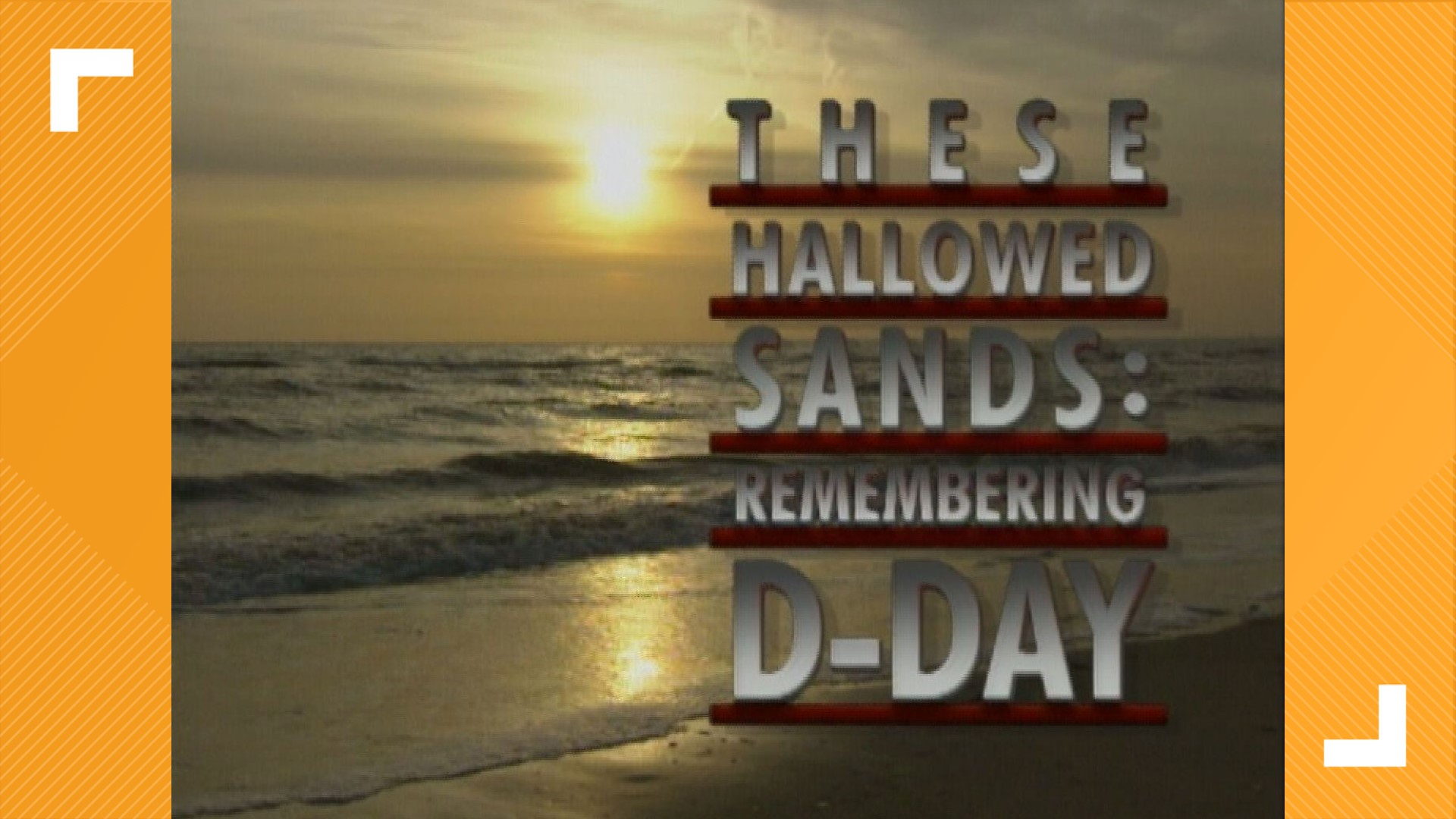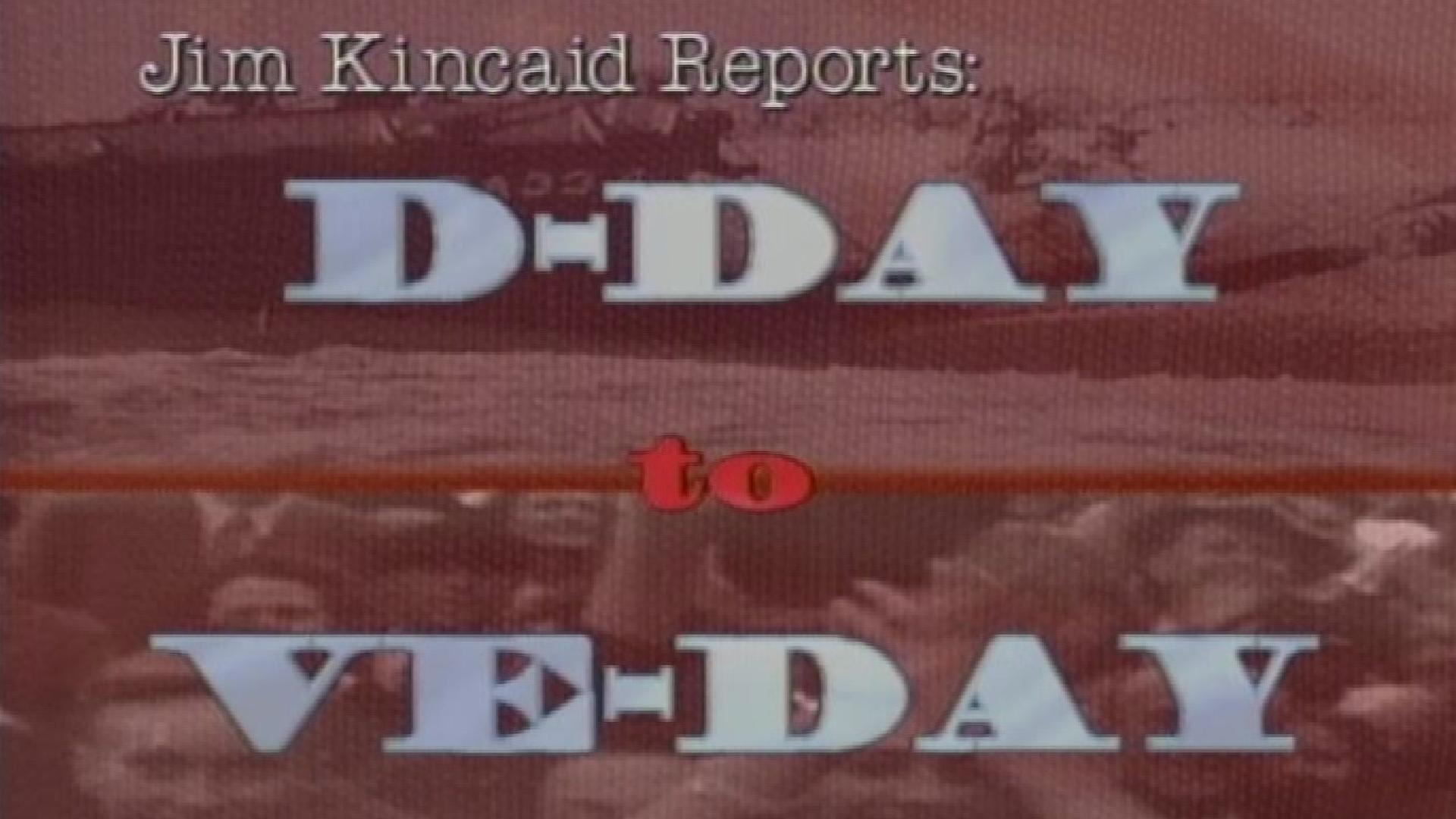NORFOLK, Va. — June 6, 2024, marks the 80th anniversary of D-Day, one of the most pivotal moments of World War II where the Allied forces launched a counteroffensive that eventually led to the defeat of the Nazis and the end of World War II in Europe.
The assault on June 6, 1944, began with Allied aircraft bombing German defenses in Normandy, followed by around 1,200 aircraft that carried airborne troops. As dawn broke, Allied forces started bombing German coastal defenses and shortly after that vessels began putting troops ashore on five codenamed beaches: Utah, Omaha, Gold, Juno, and Sword.
RELATED: Remembering D-Day: Key facts and figures about the invasion that changed the course of World War II
By the end of the day, nearly 160,000 Allied troops had landed in Normandy, although there were thousands of casualties.
In the 1990s, WVEC produced several documentaries about World War II and those who fought in it. On the 50th anniversary of D-Day in 1994, 13 News Anchor Terry Zahn walked the beaches of Normandy along with Virginia veterans in "These Hallowed Sands: Remembering D-Day."


The special was filmed on location in London and other parts of England, as well as along the Normandy coast.
In 1995, anchor Jim Kincaid wrote and produced "D-Day to VE-Day", recounting the final months of the war. Kincaid accompanied three Hampton Roads veterans on an emotional trip back to Omaha Beach, and the events that followed.
These documentaries are just as informative and compelling today as they were when they were first broadcast on WVEC 30 years ago. You can watch these timeless special reports here on 13NewsNow.com, as well as on our streaming app 13News Now+ and our YouTube channel.
You can watch "These Hallowed Sands" here:
You can watch "Jim Kincaid Reports: D-Day to VE-Day" here (note: some footage in this documentary is graphic. Viewer discretion advised):
Additionally, Terry Zahn produced a second World War II documentary in 1995. In early 1942, German U-boat "wolf packs" began hunting off the United States East Coast, targeting merchant ships and their US Naval escorts.
In Zahn's documentary "When the War Came to America", he reports on this often-overlooked part of World War II, speaking with veterans and others who lived through the attacks on both sides of the Atlantic, and how close the eastern seaboard came to a German offensive. You can watch it here:
The Associated Press contributed to this report.


